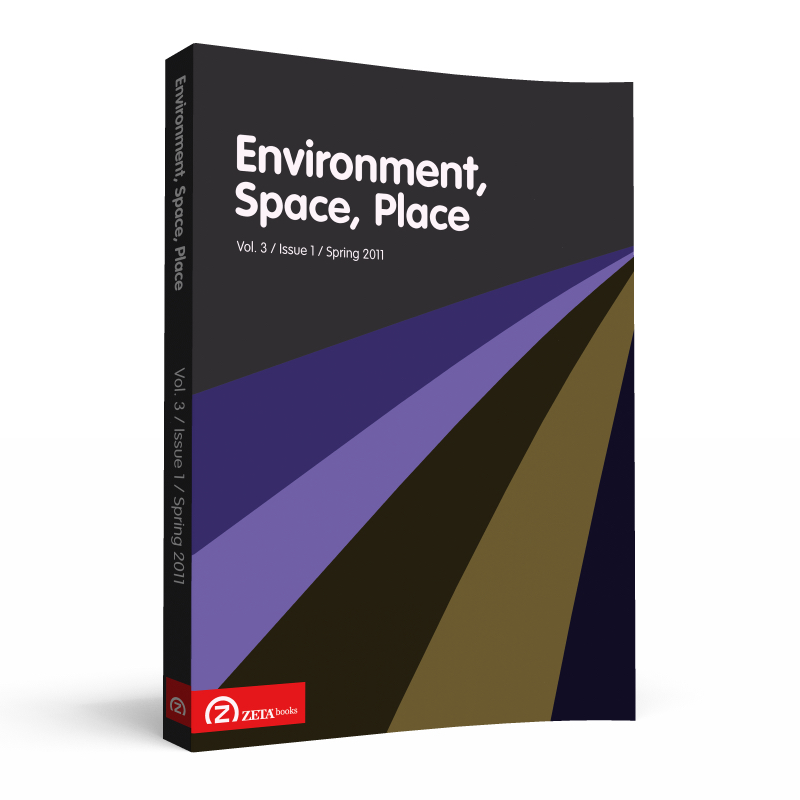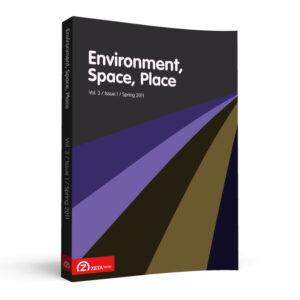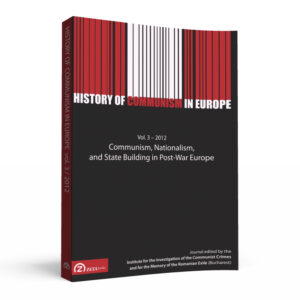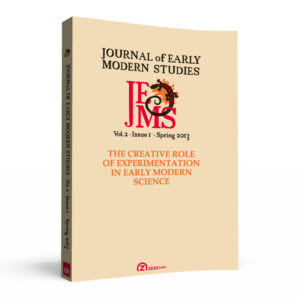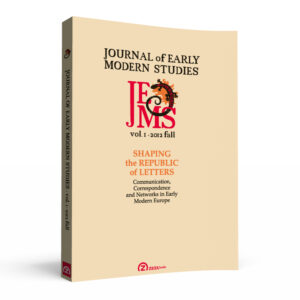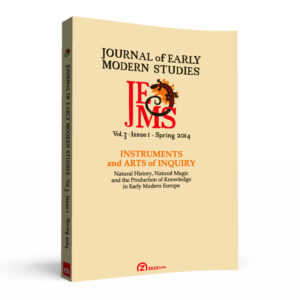CONTENTS
Malgorzata A. DERENIOWSKA, The Cycle of Lived-Space: From Knowing-Making Toward Designing-Building
- ABSTRACT: The article examines the reduction of architecture to the dimension of utility which results in placelessness. The modern redefinition of science as “knowing-making” is essential to this reduction, although it has fundamental and forgotten importance. Drawing upon Martin Heidegger’s and George Grant’s critique of technology, and the ideas of Alberto Pérez-Gómez and Charles-Francois Viel, the significance of the complex relations between theory and practice in architecture will be explored in the context of Kimberly Dovey’s notion of the cycle of lived-space. A re-definition of modern “knowing-making” reveals a semiotic level which contains new possibilities for meaningful and environmentally attuned architecture within the technological framework. I suggest “designing-building” as an alternative, understood as a process of poetic recreation of meaningful spaces.
Nader EL-BIZRI, Being at Home Among Things: Heidegger’s Reflections on Dwelling
- Abstract: This article examines Heidegger’s account of dwelling while placing it in the broad context of a wide array of his lectures and the constellation of his collected writings. The focus on this question is primarily ontological in character, in spite of the spatial significance of the phenomenon of dwelling, and the bearings it has on a variety of disciplines that interrogate its essence, be it in architectural humanities and design or in geography, which probe the various elements of its architectonic and topological underpinnings. The investigation of Heidegger’s reflections on dwelling will be connected in this line of inquiry with his consideration of what he refers to as “the gathering of the fourfold,” namely as “earth, sky, mortals and divinities,” and the manner they are admitted and installed into “things,” all to be set against the background of his meditations on the origins of the work of art, and on the unfolding of the essence of modern technology as en-framing.
Gerald PHILLIPS, Büchner/Berg: Wozzeck — Alienation from Nature
- ABSTRACT: Alienation as an aspect of the human condition has a long and storied history. Much of the attention has been focused, however, on alienation among humans themselves. Yet it is increasingly clear that we are in the process of alienating ourselves from the world and all of the creatures and objects in it. This discussion examines the second choral ode from Sophocles’ Antigone and some analyses of the content and formal aspects of Berg’s opera, Wozzeck, in the context of Adorno’s concept of “distinctness without domination,” as means of providing a brief analysis of the problem of alienation considered in this larger sense. These considerations enable the isolation of several important factors that have inhibited our insight into the seriousness of this form of alienation: First, alienation among humans has effectively distracted us from the increasing urgency of our alienation from the world and the things in it. Second, blinded by our spectacular illusion of “progress,” we continue to pay for it by wreaking destruction upon the planet, the very fount of our existence. Third, morality has only too often been seen as being located in rationalized (hierarchical) relationships among humans rather than as an equally shared, spiritual relationship among the human community, the rest of the biosphere, and the very rocks and water upon which we exist. This final point suggests changes in attitude and behavior that could help us avoid the most devastating effects of this more broadly conceived form of alienation.
Dennis WOOD, Il y a toujours l’Autre: The Vagrant Space and the Fourth Spaciality
- Abstract: This paper takes as its starting point the conjoining of the perceived and conceived spaces of what Soja (1996) calls Thirdspace and what Lefebvre calls ‘lived space’ to launch a discussion about ideas surrounding contemporary concepts of community. The sites under discussion are the ubiquitous shopping malls and the enclave estates or master planned communities (mpcs) which, it is argued, by their design offer only ‘illusions of community.’ The claim in this paper is that within these spaces of control are spatialities of resistance–vagrant spaces-that can, under certain circumstances, point to the ‘poverty of participation’ in the community experience.
Philip WHALEN, From ‘Bat-Filled Slimy Ruins’ to ‘Gastronomic Delights’: Geography and Gastronomic Tourism in Modern Burgundy
- ABSTRACT: The modernization of Burgundy during the late nineteenth and early twentieth centuries drew on the coordinated efforts of numerous industrial and cultural sectors. Among these innovative developments, new tourism industries played a prominent role in providing new opportunities for the consumption of local products while redefining existing conceptions of Burgundian landscapes. This entailed collaboration of a variety of cultural intermediaries ranging from local boosters to politicians and from merchants to academics. Geographers contributed by incorporating symbolic, subjective, and performative practices into the existing regional concepts of terroir and genres-de-vie. The result was newly scripted roles for tourists and locals to participate in gastronomic activities that, by virtue of the experience, altered participants’ experience of time, space, and themselves. Rapidly institutionalized in Burgundy, these developments illustrate how contemporary commercial interests influenced geographic notions of place in the French provinces.
Panizza ALLMARK, Safe Spectatorship? Photography, Space, Terrorism and the London Bombings
- ABSTRACT: Drawing upon the notion of the uncanny, this article examines my documentary photography concerning the ‘everyday’ indeterminate and potentially ominous spaces around the London transport system following the bombing incidents on the 7th July, 2005. The photographs consist of reframing images found which draw attention to the lingering reminders of terrorism within the cityscape. This paper examines also how issues of representation, race, suspects, victims, protest, defiance and accusations can be evoked in the ficto-critical use of urban documentary photography.

